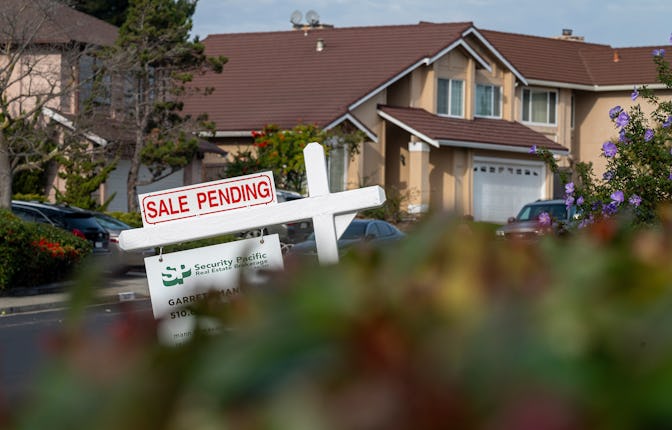Pending Home Sales Are On The Rise — But What Does That Mean For Buyers?
A recent surge in pending home sales is mixed news for buyers.

Pending home sales are a crucial indicator of the health of the real estate market. These sales represent homes that have signed contracts but have not yet closed, providing a glimpse into future transactions. Recently, the National Association of Realtors reported a notable increase in this index, shedding light on an upward trend that has captured the attention of both buyers and sellers alike.
A 2.2% Increase Marks Positive Growth
In November, pending home sales climbed by 2.2%, marking the fourth consecutive month of growth. The Pending Home Sales Index rose to 79.0 from 77.3 in October, reaching its highest point since February 2023. This increase reflects a rebound after a challenging two-year period where mortgage rates consistently hovered above 6%.
This steady rise in pending home sales is particularly significant considering that last month’s median home price was reported at $406,000. The combination of increasing sales and relatively high prices suggests that buyers are still willing to enter the market despite rising costs.
The NAR's data indicates that November's growth exceeded expectations; analysts had predicted only a modest increase of 0.9%. The previous month's growth was also revised upward from 1.8% to reflect stronger-than-anticipated activity in October.
This positive trend can be attributed to various factors, including seasonal buying patterns and an easing of mortgage rates compared to earlier highs experienced throughout much of 2022 and early 2023.
Implications for Buyers and Sellers
For would be buyers, this uptick might not be a rosy sign. Pending home sales may signal that prices could potentially rise further or inventory tightens again as we head into peak buying season.
Sellers, on the other hand will likely benefit. An increase in demand might lead to quicker sales and potentially higher offers on their properties as competition among buyers heats up once more.
The current landscape shows how sensitive real estate is to economic shifts and consumer sentiment. As mortgage rates fluctuate, they play a pivotal role in buyer affordability and willingness to purchase homes. With rates now showing signs of stabilization or slight decline, many prospective homeowners may feel more confident about entering the market.
Additionally, local housing markets are experiencing varying degrees of activity based on regional economic conditions, job growth, and demographic trends which all contribute to buyer behavior.